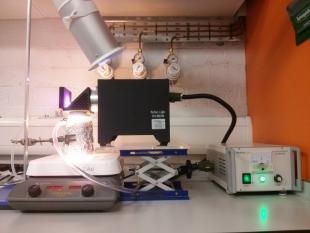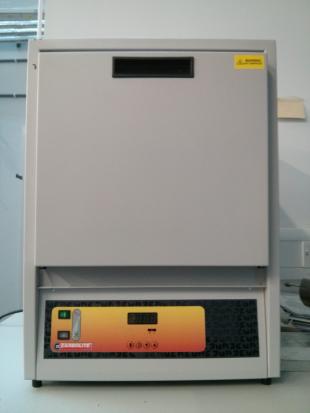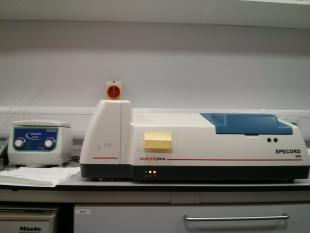The main scope of the project is to develop WO3/TiO2 nanocomposites and examine their effectiveness in photocatalytic application modelled by the decomposition of methyl orange in aqueous medium. The WO3-TiO2 heterojunction can provide Vis photoactivity and the possibility of effective charge separation. The delayed recombination of the photo-induced charges can improve the efficiency of the system through providing long-lived charges.
The work includes the preparation of nanopatterned WO3 and the fabrication of the WO3/TiO2 nanocomposites by atomic layer deposition (ALD). It is known that the hydrothermal synthesis is sensitive to certain reaction conditions however the relation of these factors to the polymorphism or the microstructure of the final product is not completely clear yet. We would like to investigate how to control the morphology and how the morphology beneficially affects photocatalysis.
The project also investigates the industrial aspects of the application of visible-response photocatalysts. We are going to study how efficient immobilised catalysts can be developed in respect to recycling, stability and Vis light harvesting.





